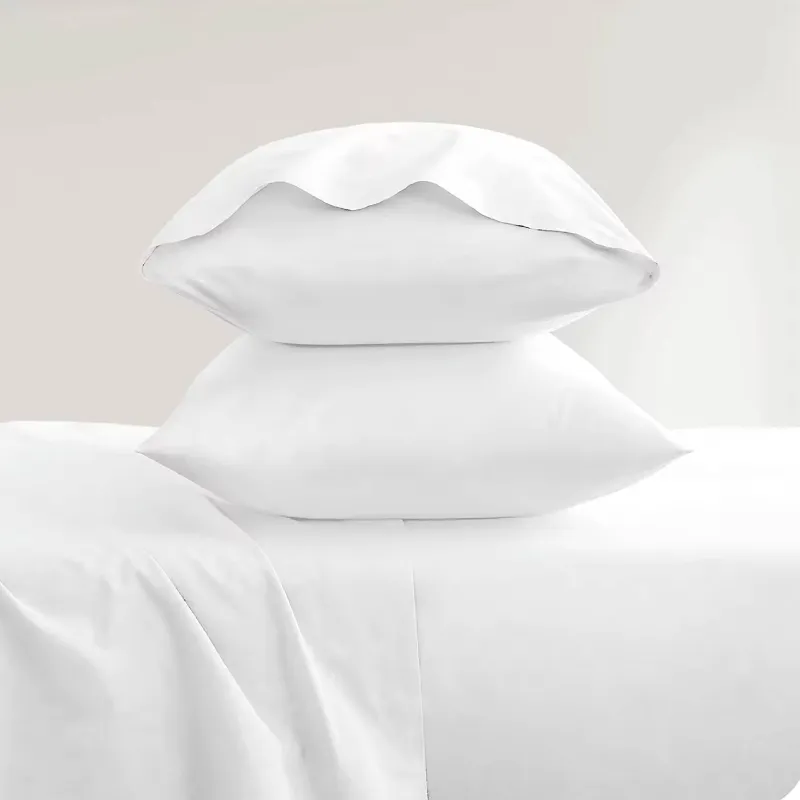Exploring Various Bedding Materials for Comfort and Style in Your Bedroom
Different Types of Bedding Materials
Choosing the right bedding material is crucial for ensuring a comfortable and restful sleep experience. With a plethora of options available, each fabric brings its unique properties, benefits, and aesthetic appeal. In this article, we will explore the various types of bedding materials, their characteristics, and which may be the best fit for your needs.
1. Cotton
Cotton is one of the most popular bedding materials due to its natural softness and breathability. Available in various weaves, such as percale and sateen, cotton sheets can accommodate different preferences for texture and warmth. Percale is lightweight and crisp, while sateen is smoother and slightly warmer. Cotton sheets are hypoallergenic, making them suitable for sensitive skin. Additionally, they are easy to care for and can be machine washed and dried without losing their quality.
2. Linen
Linen, made from flax fibers, is another natural fabric that has gained popularity for bedding. Its unique texture and breathability make it perfect for year-round use, especially in hot climates. Linen is known for its superb moisture-wicking properties, which help to keep you cool while you sleep. Although it can be more expensive than cotton, many people appreciate its durability and the way it becomes softer with each wash.
3. Bamboo
Bamboo bedding is an eco-friendly alternative that has seen a surge in popularity in recent years. Made from the pulp of the bamboo plant, these sheets are not only soft but also possess natural antimicrobial properties, which can be beneficial for allergy sufferers. Bamboo fabric is highly breathable and has moisture-wicking abilities, making it an excellent choice for those who tend to sweat at night. Furthermore, bamboo bedding tends to have a silky texture, adding a touch of luxury to your sleep environment.
4. Microfiber
different types of bedding material

Microfiber sheets are made from ultra-fine synthetic fibers, typically polyester. This material is known for its affordability, softness, and durability. Microfiber is wrinkle-resistant and doesn't require ironing, making it a low-maintenance option. However, while microfiber is excellent for warmth and comfort, it may not be as breathable as natural fibers like cotton or linen, which can be a consideration for people who sleep hot.
5. Flannel
Flannel sheets are a popular choice for colder months, as they provide exceptional warmth and coziness. Made from cotton or a blend of cotton and synthetic fibers, flannel has a napped finish that creates an insulating layer. This makes it an ideal bedding option for winter. However, flannel may not be suitable for warmer climates, as it can trap heat and moisture.
6. Silk
Silk is often associated with luxury and indulgence. It is incredibly smooth and soft, making it gentle on the skin and hair. Silk sheets can help regulate temperature, keeping you cool in summer and warm in winter. They are also hypoallergenic, making them suitable for people with allergies or sensitive skin. However, silk requires special care, often needing to be hand-washed or dry-cleaned, which may deter some from choosing this lavish option.
7. Tencel
Tencel, or lyocell, is a sustainable fabric made from the pulp of eucalyptus trees. It is known for its incredible softness and silky feel. Tencel sheets are highly absorbent, breathable, and biodegradable, making them an eco-friendly choice. The fabric’s moisture-wicking properties help regulate temperature, leading to a comfortable sleeping environment. Tencel’s natural sheen also adds elegance to any bedding ensemble.
Conclusion
When selecting bedding materials, it’s vital to consider factors such as comfort, breathability, maintenance, and environmental impact. Cotton and linen are excellent choices for those seeking natural fabrics, while bamboo offers sustainability alongside softness. For budget-conscious shoppers, microfiber can be a reliable option, whereas flannel excels in colder climates. Luxurious silk and eco-friendly Tencel cater to those looking for special qualities in their bedding. Ultimately, the best bedding material for you will depend on your personal preferences, sleep habits, and environmental considerations, ensuring that you create not only a comfortable sleeping space but also a stylish one. With the right choice, you can enhance your sleep quality and enjoy a restful night’s sleep.
-
Elevating Comfort and Quality with the Right Bed LinenNewsJul.07, 2025
-
Bedding Essentials: From Percale Sheets to White Quilts, Finding Your Perfect Sleep HavenNewsJul.07, 2025
-
Choosing the Right Bedding for a Comfortable and Stylish BedroomNewsJul.07, 2025
-
Understanding the Diverse World of Towel TypesNewsMay.29, 2025
-
The Ultimate Comfort: Discover the Benefits of Polycotton SheetsNewsMay.29, 2025
-
Experience Luxury with 1800 Brushed Microfiber SheetsNewsMay.29, 2025
-
Elevate Your Sleep with Luxurious Hotel Sheets for SaleNewsMay.29, 2025






